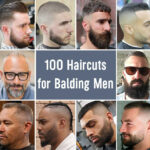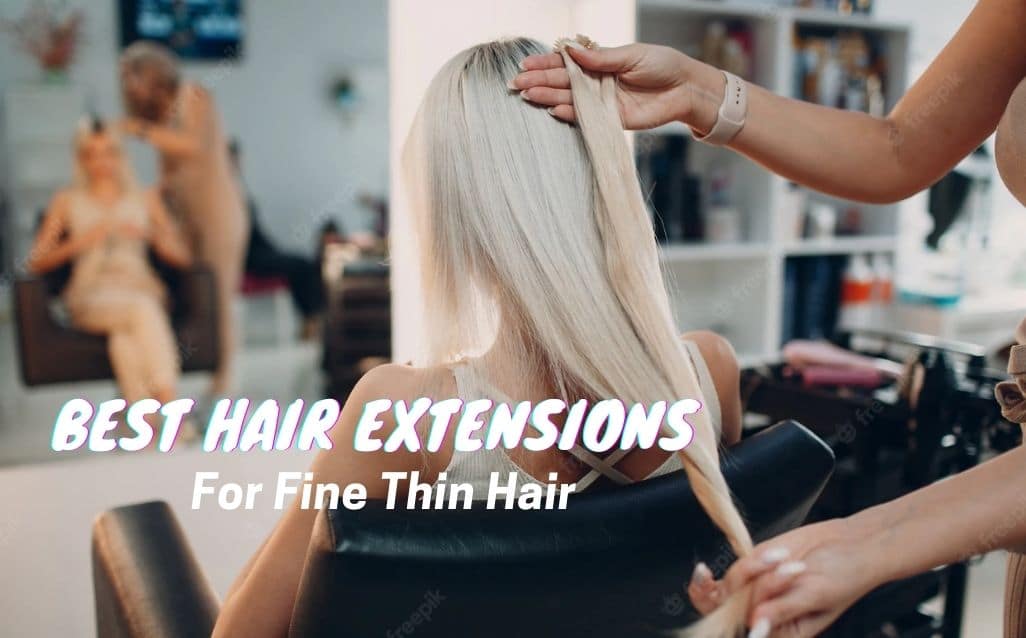The difference between synthetic hair and human hair wigs is in fiber. An obvious advantage of synthetic wigs is that they hold their style better after washing. Yet, since human hair wigs are made of real human hair they look and feel real, but they also have to be restyled after washing just like real hair.
So, which is right for you? Both could be as synthetic hair and human hair have their advantages and limitations which could make them both right in different circumstances. It will depend on your budget, timeframe, and needs. Ideally, you would have both on hand as they each have their pluses! Here is some information so you can know which hair type is best suited to certain circumstances:

Human Hair
Human hair wigs offer the most natural look and feel. Whilst they can be the more expensive pick, with the proper care, they can also be more durable. Human hair wigs can actually last around a year. They are remarkably soft with a shine and movement that is not easily duplicated in synthetic hair.
Generally speaking, there are four basic types of human hair that are used in hair replacement systems: normal Indian hair, Indian Remy hair, Chinese Virgin hair and European hair.
-
Normal Indian Hair

We will begin by looking at normal Indian hair. Normal Indian hair is very soft and thin. It has a natural curl and can sometimes be very curly. Since the tip-to-top direction of the hair is very disorderly, the hair will undergo some very heavy acid treatment to remove all the cuticles on the hair. You need to be aware that there will be dyed hair mixed in amongst Indian hair. This is important to know should you be thinking about bleaching the hair at a later stage because dyed hair is very hard to bleach and it can have an adverse effect on the quality of the bleached knots process. Normal Indian hair is the most common type of hair in the hair system market and this is the default hair type of all our stock hair systems.
-
Indian Remy hair

Like its normal counterpart, Indian Remy hair is also very soft and thin with a natural curl to it. However, its tips and roots are all in the same direction. Therefore, we just need to do acid treatment on the roots of the hair so the cuticles of the hair will remain intact. Moreover, New Times Hair only chooses top-class Indian Remy Hair which was cut from the heads of young women. The hair of young women is just like a younger body: it is stronger and healthier. We also do not select hair that has been dyed nor had any acid treatment. The hair is therefore not only stronger and healthier but also much more responsive to achieving a better-bleached knot effect. Since there is no dyed hair mixed in amongst the hair, there will be no black dots of hair visible on the base after bleaching. (These black dots are the after-effects of bleaching dyed hair, especially hair dyed to dark colors.)
As mentioned above, Indian Remy hair does not undergo heavy acid and softening treatment like normal Indian Hair so, to begin with, you may think the hair is not as soft, thin or shiny as normal Indian Hair. However, since it is healthier and stronger, after a few washes, it will be shinier than normal Indian hair and it can also last longer than normal Indian hair.
-
Chinese Virgin Hair

Chinese Virgin hair is different from the other types of human hair in that it is thick. Being thick, it is very straight, unlike Indian hair that is soft with curls. The hair has what we refer to as a “lift effect” because if it is cut very short, the hair will not lay down flat on the base of the hair system – it will have a lift to it. As is the case with Remy hair, the tips and the roots are all in the same direction so we just need to do acid treatment on the roots. Chinese Virgin hair also has no dyed hair among it and it has all its cuticles intact.
-
European Hair

Finally, we have European hair. European hair is the best quality hair on the market. It is very soft and thin and is naturally shiny. What’s more, it will become shinier and shinier with washing. European hair is another type of human hair that just needs acid treatment on its roots since the tips and roots all point in the same direction. It has no dyed hair and all its cuticles. We do not recommend dying European hair as the hair is too thin. Dyeing will break down the texture of the hair and damage the hair. To match our hair to that of your clients, we would simply choose the most appropriate natural color from our own selection of European hair. Bear in mind that there may be a degree of the color difference but we believe it is in the best interests not to dye the European hair of your clients’ hair systems.
The origin of the hair is not the only factor, however. The processing technique is directly related to the strength and quality of the end-product. The chemicals needed to sanitize and strip away the original color to produce different curl patterns and colors, are very strong and can affect the integrity of the hair depending on the method used. When a higher quality of chemicals and a more artful approach to processing is used, the results are a higher quality product and thus a higher price.
It is extremely important to use hair care products specifically formulated for highly processed human hair. Also, keep in mind that wearable hair does not benefit from naturally occurring oils from the scalp. So, it is important to hydrate and condition hair daily.
Human hair wigs are by far the superior choice if the quality is the only factor. Other than price, the main drawback to human hair is the required maintenance – as with natural hair, it requires effort. For many, daily styling is actually preferable as it allows for more control over the appearance as well as a sense of normalcy that can come with a daily hair styling ritual. Keep in mind that human hair does not come out of the box ready to wear. You may have to have it customized by a professional hairstylist to get the exact look you want.

Synthetic Hair
With technological advances, synthetic hair has come a long way in recent years. In some cases it is difficult to tell the difference – the density and texture are such that they feel almost like human hair. As a matter of fact, with some of the higher quality synthetic hairpieces, you would never know they were not natural human hair if you didn’t have the human hair right next to it to compare!
The most appealing aspect of synthetic hair is it can often be worn right out of the box with little or no styling. The fiber used has “memory” for wave, curl and volume which lets hair bounce back into place with minimal effort – the curl pattern is permanently set. It can even hold up in bad weather and can guarantee no drooping or frizzing.
However, what synthetic hair offers in ease, it lacks in versatility. It cannot be styled in the way its human hair counterpart can be. Only special heat-friendly synthetic hair can change the curl pattern. Keep in mind, even heat-friendly fiber can be difficult to style as synthetic fiber is more resistant to change. Synthetic hair is also less durable than human hair. With proper care, you can expect synthetic hair wigs and hairpieces to last about 4-6 months and heat-friendly synthetic hair 2- 3 months. It is very important to follow our care recommendations in order to get the optimal lifespan of your hair.

In conclusion, there are pros and cons to both, but either hair type will add gorgeous length to your hair. First, decide what is most important to you – whether you want a perfect permanent style or a natural feel, for example – and that will help you in choosing to purchase a synthetic or a human wig.




